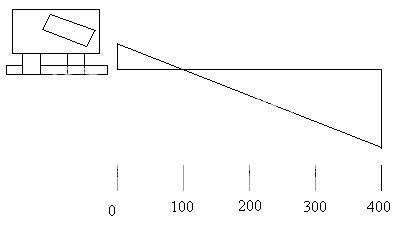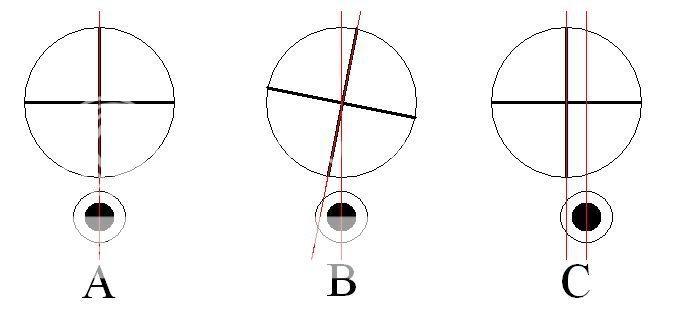What barrel maker do you use?
I like Lilja, Kregier,hart, shillen,Brux, Border,Lawton and Pac-nor.
I have had a few issues with all but the Liljas. (My personal favorite because of consistency
barrel to barrel). On several occasion's,Lilja has called and told me that I would have to wait
another week or two because they did not like the barrel they made for me.(They would not
tell me why just that it was not within Specifications or appearance standards. I like the fact
that They do the rejection instead of me.(This helps the schedule and tells me that they are
looking at every barrel that comes out of their shop.
With the others they send there barrels to me and after I check them I have to send them some
of them back if they are over my acceptance level. They may be rejecting some of them but they
dont call to explain why my barrel will be a delivered little later.
The ones I listed have always been happy to exchange the barrels for me. and normally send
me a great barrel in its place. I am sure there are other barrel makers that will do the same
but I have ether not used them, or had problems with their quality or service and wont use them.
Barrels are the key to accurate rifles and no matter how good the smith is he can't make a rifle
shoot great if the barrel is not true, strait and of the best quality. The barrel will always limit the
rifles ability.
J E CUSTOM



